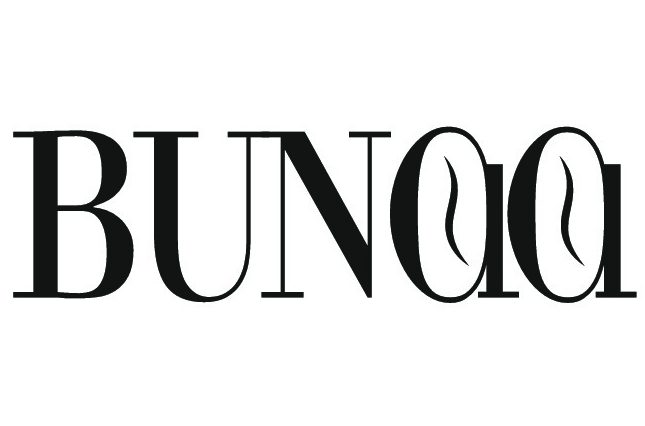A land of coffee drinkers
- First, coffee came through the Ottomans via Bosnia to Croatia.
- But also the trade relations of Venice coffee reached around 1800 by the Viennese and Habsburgs to Croatia.
- Leopold Duhn opened the first coffee house (kavana) in Zagreb in 1748.
- By the end of the 18th century, the number of luxuriously decorated coffee houses was growing, very similar to those in Vienna and reserved only to the upper classes.
- After the First World War, ordinary citizens also started visiting the coffee houses.
Advertisment
- In the 1990s, opening cafes (kafić) boomed.
- Coffee in Croatia is often drunk in the morning after getting up, at lunchtime after eating, in the afternoon for a cake.
- Croatians take time for drinking coffee, because traditionally they do not drink filter coffee.
- With Turkish coffee, you wait first, until the coffee grounds has settled.
- This works best with guests at Napolitanke (Neapolitan waffles), biscuits (Čajno pecivo) or home-baked cakes.
- After drinking coffee, the mocha cup is placed on the saucer.
- Then you allow the coffee grounds to dry for about an hour before airing the secret, turning the cup and starting to read the coffee ground.
Coffee in Croatia: Traditional Preparation
Turska kava
The small mocha pot in which the coffee in Croatia is cooked, is called “džezva” and is usually made of copper or enamel.
- Fill 4 mocha cups of cold water into the džezva and bring to a boil.
- When the water boils, put 3 tsp of it in a cup.
- Add 4 heaped tsp of finely ground coffee powder to the water and wait for the coffee to rise.
- Typical Coffee in Croatia is FRANCK Jubilarna.
- Remove from the heat and pour back the removed water and boil the coffee twice more.
- Remove the pot from the heat and leave it for a while to allow the powder to settle.
- Then fill in the cups
- Put 1 piece of sugar cubes on a tsp and let it dissolve slowly.
- Otherwise you can boil the sugar directly with the coffee.
Coffee in Croatia: Further coffee specialities:
- ratka kava (a small cup of coffee)
- velika kava bez mlijeka (a big cup of coffee without milk)
- kava s mlijekom (coffee with milk)
- kava s hladnim mlijekom (coffee with cold milk)
- kava s ledenim (coffee with cold milk in Dalmatia)
- kava s toplim mlijekom (coffee with warm milk)
- kava sa šlagom (coffee with whipped cream)
- bijela kava (“white coffee” – coffee with lots of milk)
For advertising links on this page the dealer may pay a commission. These advertising links are marked with an asterisk (*) – images and banners are marked with “Ads” or “Advertisment”. There are no costs for you. Find more information in the data protection regulations here.





